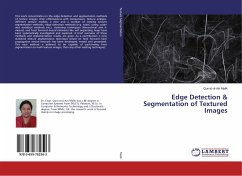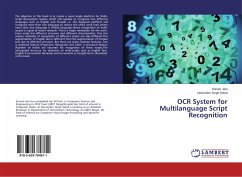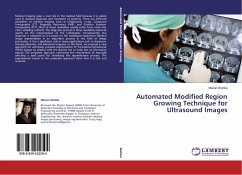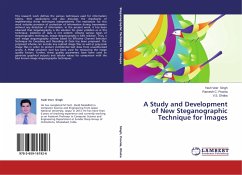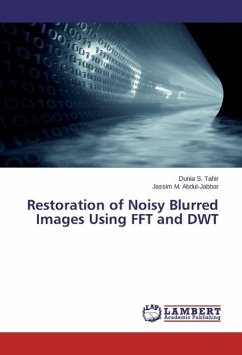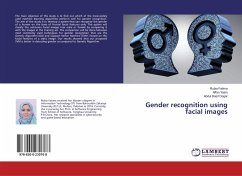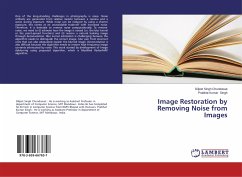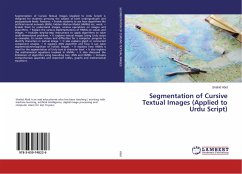
Segmentation of Cursive Textual Images (Applied to Urdu Script)
Versandkostenfrei!
Versandfertig in 6-10 Tagen
47,99 €
inkl. MwSt.

PAYBACK Punkte
24 °P sammeln!
Segmentation of Cursive Textual Images (Applied to Urdu Script) is designed for students perusing the subject at both undergraduate and postgraduate levels. Features: - Enable students to see how algorithms like artificial neural network (ANN), hidden Markov Model (HMMs) etc. work. - Enable them to understand images, various operations on images and algorithms. - Explain the various implementations of HMMs on values and images. - Includes step-by-step instructions to apply algorithms to solve multi-dimensional problems. - It explains textual images (using Urdu script as example), its cursive n...
Segmentation of Cursive Textual Images (Applied to Urdu Script) is designed for students perusing the subject at both undergraduate and postgraduate levels. Features: - Enable students to see how algorithms like artificial neural network (ANN), hidden Markov Model (HMMs) etc. work. - Enable them to understand images, various operations on images and algorithms. - Explain the various implementations of HMMs on values and images. - Includes step-by-step instructions to apply algorithms to solve multi-dimensional problems. - It explains textual images (using Urdu script as example), its cursive nature and difficulties for a computer program to identify characters in textual image. - It also explains glyph or connected component analysis. - It explains ANN algorithm and how it can solve segmentation/recognition of holistic images. - It explains how HMMs is used for the segmentation of Urdu text at character level. - It also explains the mathematical equations involved in HMMs. - It also discussed the limitations of algorithm using bounding box, ANN and HMMs. - Includes comprehensive appendix and important tables, graphs and mathematical equations.



